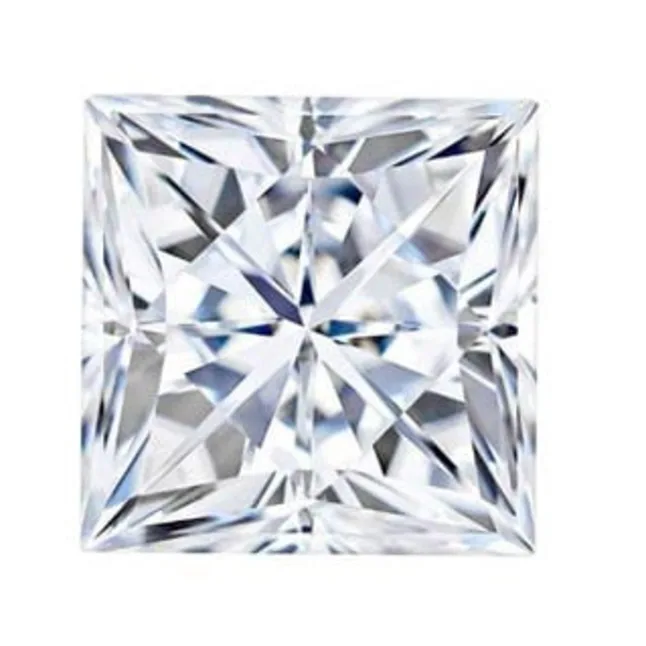Tips and Tricks
What You Need to Know About Princess Cut Diamonds | Rare Carat
- The princess cut wasn’t invented for a princess. Actually, an English diamond cutter, Arpad Nagy, is the one behind this shape, which he created as a brilliant and sparkly alternative to our beloved round diamonds.
- This one is for your wallet: since the shape of a princess cut is incredibly close to the natural rough stone, princess cut diamonds are cheaper, because there is less lost weight.
- For the same reason, princess cut diamonds give the illusion of being bigger than their round siblings.
- My advice on color and clarity now... For color, stick with I color or higher. For clarity, you can go as low as SI1. Princess cut diamonds tend to be more forgiving than other fellas when it comes to inclusions. But as always, don’t forget to look carefully at their location in the stone.
Learn more about princess cut diamonds.
Why might a princess-cut diamond cost less than a round brilliant but still look impressive?
Because the princess shape is more efficient in how it’s cut from the rough stone, less of the raw material is wasted. That means you often get more carat weight for your budget even though the diamond still delivers very good sparkle.
What should I watch out for in terms of shape and proportion when selecting a princess cut?
The ideal face-up shape is very close to square (length-to-width ratio around 1.00-1.05), so the outline looks balanced. Also, correct symmetry and even facet arrangement matter a lot—an off-square or asymmetrical stone will be visually less pleasing.
How do color and clarity grades apply to the princess cut compared with other diamond shapes?
Because the princess cut has a large table and displays its face-up surface clearly, color tint and internal inclusions can show more readily. The article suggests you can start around color “I” and clarity SI1 or better, provided the inclusions are well placed and the piece is still eye-clean.
Are there any special considerations for setting or protecting a princess-cut diamond?
Yes — the four sharp corners of a square princess-cut stone are more vulnerable to chipping. So you’ll want a setting that offers protective prongs (V- or box-style) or flanks the corners with metal or side stones to buffer potential impacts.
Not sure where to start? Read our guarantee


Princess Cut Diamond FAQs